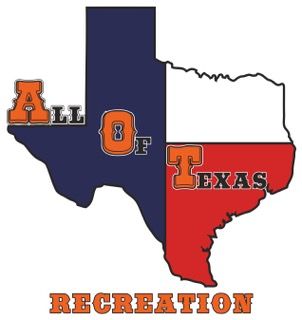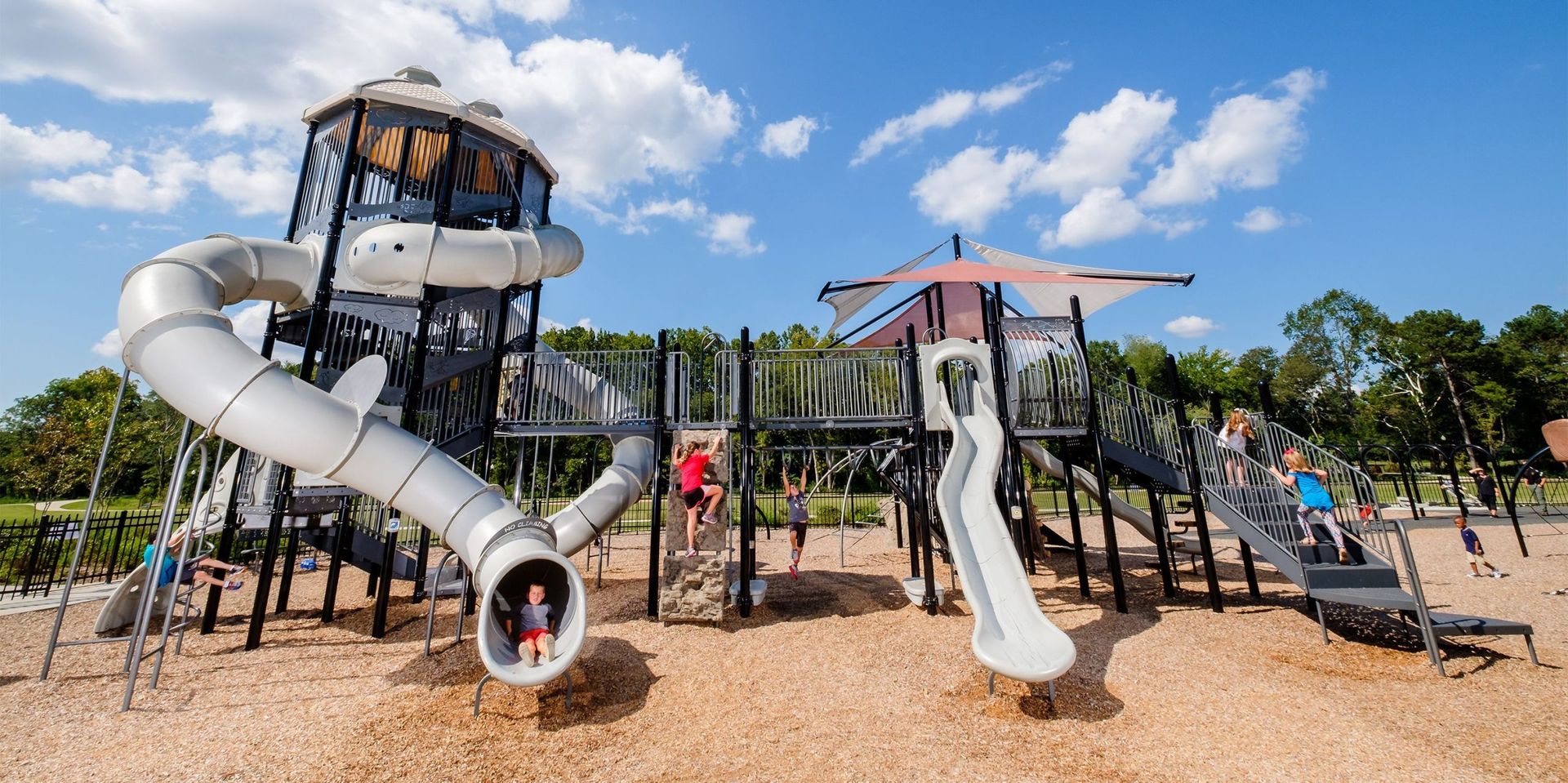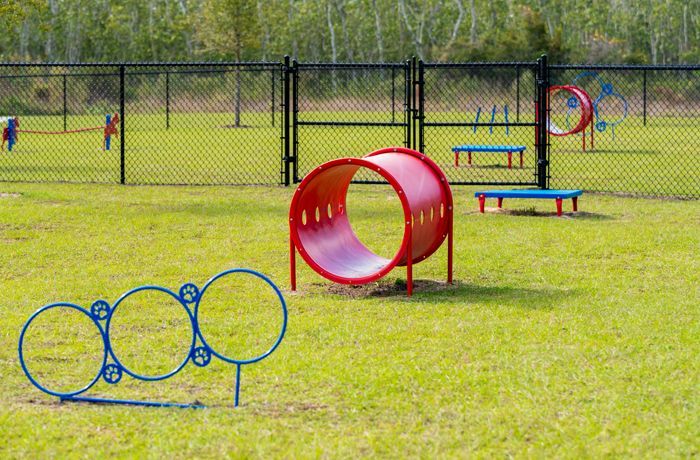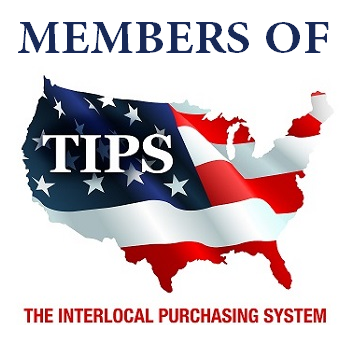Best Ways to Clean Outdoor Playground Equipment & Keep It Safe
Clean playground equipment with non-toxic cleaners and microfiber cloths, focusing on high-touch areas like slides and railings. Regular cleaning helps prevent illness and extends the life of the equipment.
This guide covers the exact steps, tools, and products needed to keep outdoor and indoor play areas safe and well-maintained.
How Is Playground Equipment Cleaned?
Effective cleaning begins with a thorough inspection to identify dirt, debris, or signs of wear. Surface cleaning should be done using microfiber cloths and non-abrasive, non-toxic solutions, especially in high-touch areas like slides, swings, and handrails.
After removing visible dirt, apply a disinfectant suitable for the material—following manufacturer guidelines and safety standards. Cleaning should be performed regularly as part of a maintenance routine.
Recommended Products for Playground Cleaning
Choosing the right products is critical to protect both children and equipment:
- Avoid harsh chemicals such as bleach, which can degrade materials and pose health risks.
- Use biodegradable, child-safe cleaners that comply with health and safety regulations.
- Select gentle cleaning tools like microfiber cloths, soft sponges, and brushes that won’t scratch surfaces.
Essential Steps for Disinfecting Playground Equipment
- Check equipment manuals for specific cleaning instructions.
- Remove dirt and debris before applying disinfectants.
- Use approved disinfectants suited to the materials in use.
- Apply disinfectant evenly, covering all contact points.
- Allow proper dwell time for disinfection, then rinse or wipe down.
- Dry thoroughly to prevent moisture buildup, which can promote mold or bacteria.
Maintaining Hygiene in Indoor Play Areas
Indoor playgrounds require more frequent cleaning due to limited ventilation. Prioritize daily disinfection, especially in ball pits and enclosed spaces. Air purifiers and proper ventilation systems can help reduce airborne particles. Use indoor-safe products and follow a consistent cleaning schedule.
Tools Needed for Cleaning Playgrounds
- Microfiber cloths – lift dirt without scratching surfaces.
- Soft-bristle brushes – clean tight or textured areas.
- Mops – ideal for flooring made from rubber or similar materials.
- Sprayers – distribute cleaners and disinfectants evenly.
- HEPA-filter vacuums – capture dust, allergens, and fine debris.
Why Ball Pit Cleaning Is Especially Important
Ball pits are high-contact areas where germs can accumulate quickly. Daily surface disinfection and routine deep cleaning are essential. Use child-safe products designed specifically for this purpose to minimize health risks and extend the life of the equipment.
Common Questions About Playground Cleaning
How Should Playground Surfaces Be Cleaned?
Use a solution of warm water and mild detergent with microfiber cloths. Rinse thoroughly and dry to prevent mold growth or slippery surfaces.
How to Clean an Outdoor Slide?
Remove debris like leaves or twigs, then wash with soapy water using a soft sponge. Rinse well and dry completely to avoid corrosion or slips.
How to Keep a Playground Clean?
Establish a routine that includes:
- Daily surface cleaning
- Weekly disinfection
- Regular inspections
Encourage handwashing before and after play to reduce contamination.
Which Products Should Be Avoided for Rubber and Plastic?
Avoid:
- Solvent-based cleaners
- Strong acids
- Waxes or oils that create slippery surfaces
Instead, use neutral pH cleaners approved for rubber and plastic surfaces.
Final Thoughts
Clean playgrounds are safer, more welcoming, and built to last. With the right tools and a consistent cleaning routine, you can help protect children’s health and preserve your equipment.
For high-traffic or large-scale facilities, it’s worth working with a team that understands playground safety inside and out. AOT Recreation offers expert playground equipment installation and design services across Texas—perfect for communities looking to build or upgrade safe, durable play spaces.



